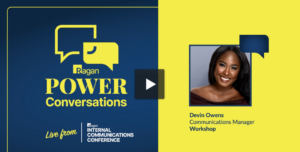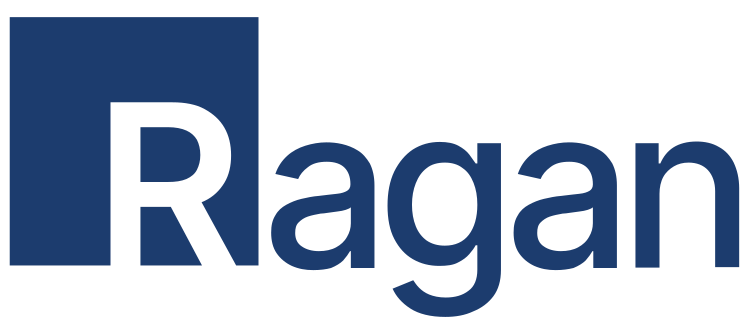How to create more targeted employee lists with lifestyle segmentation
Boost employee engagement with lifestyle segmentation for more targeted, relevant internal communications.

Smaller, more targeted email distribution lists result in more relevant messages that resonate with employees. The more well-defined the group — whether it consists of new recruits or a specific department within the company — the more likely its members are to receive information relevant to them. The end result: higher open rates and enhanced employee engagement.
An effective list-creating process for Infrastructure and Operations (I&O) teams — as well as internal communications teams — is lifestyle segmentation.
While traditionally, you may segment an employee list by region, business unit, age group and role, lifestyle segmentation also accounts for work styles like desk-bound, hybrid and mobile; frontline service and task; and employee characteristics. According to Gartner® research, work style categories contextualize groups of employees by assessing locations, type of work performed, mobility requirements and security requirements. It states that personas add context to each work style by also breaking out employee groups within each work style by their personal characteristics, such as concerns, goals and preferences.
Just as work style segments can inform the necessary technology tooling for each employee segment, you can use lifestyle characteristics to segment email lists for increased readership and engagement.
Incorporating lifestyle segmentation into email list strategies
Lifestyle segmentation categorizes employees based on behaviors, preferences and digital habits — paying particular attention to how employees engage with the workplace. For example, by studying employee behavior, you may want to segment early risers who prefer morning updates or mobile-first employees who primarily use their smartphones for communication.
In addition to syncing attributes like job titles or work locations, you can establish more granular personas and, ultimately, more effective list segments by considering an employee’s work style. To make that task easier, you might want to consider solutions in aiding that process like PoliteMail’s SyncronNym, a software service that automates the maintenance and synchronization of employee data between systems such as HR and AAD, allows users to load 16-32 data attributes for targeting and segmentation.
Three steps to combine personas with lifestyle segmentation
- Streamline personas. Do not create too many personas or make them too detailed. Limit your personas to the key groups that align with specific communication challenges or goals. For example, you may want to focus on engaging frontline workers or increasing belonging for new hires.
- Layer in lifestyle segmentation. Next, overlay lifestyle data onto your personas to create more dynamic and relevant communication strategies. Gartner® research states that by categorizing based on work styles instead of roles, segments are simplified by grouping role types with common needs. For example, within your personas, you may want to group employees based on their interaction with digital tools or segment by how they consume content. Do they prefer interactive content, videos or written updates?
- Align communication strategies with behaviors. Lastly, you can tailor your comms to each lifestyle segment. For instance, early adopters of technology may respond well to detailed updates about new tools. Socially engaged employees might prefer collaborative forums or team-based announcements and shareable chunks of content.
How lifestyle segmentation enhances the digital employee experience (DEX)
Lifestyle segmentation helps communicators tune messaging content to align with employee preferences and behaviors, which leads to increased engagement. You can prioritize the proper channels and messaging when you understand how your people prefer to consume content — and what excites them. And unlike more static personas like “region,” lifestyle segments are adaptable. As employee behaviors or preferences change, so can the segments they belong to.
Leveraging lifestyle segmentation for internal comms
Lifestyle segmentation enhances the DEX by considering how employees interact with tools, content and the workplace. The key is to think like your employees and implement feedback loops to refine your email segments continuously. When you keep employees’ behaviors and preferences at the heart of your comms strategy, you can write more focused content and messages that are more likely to engage your people.






